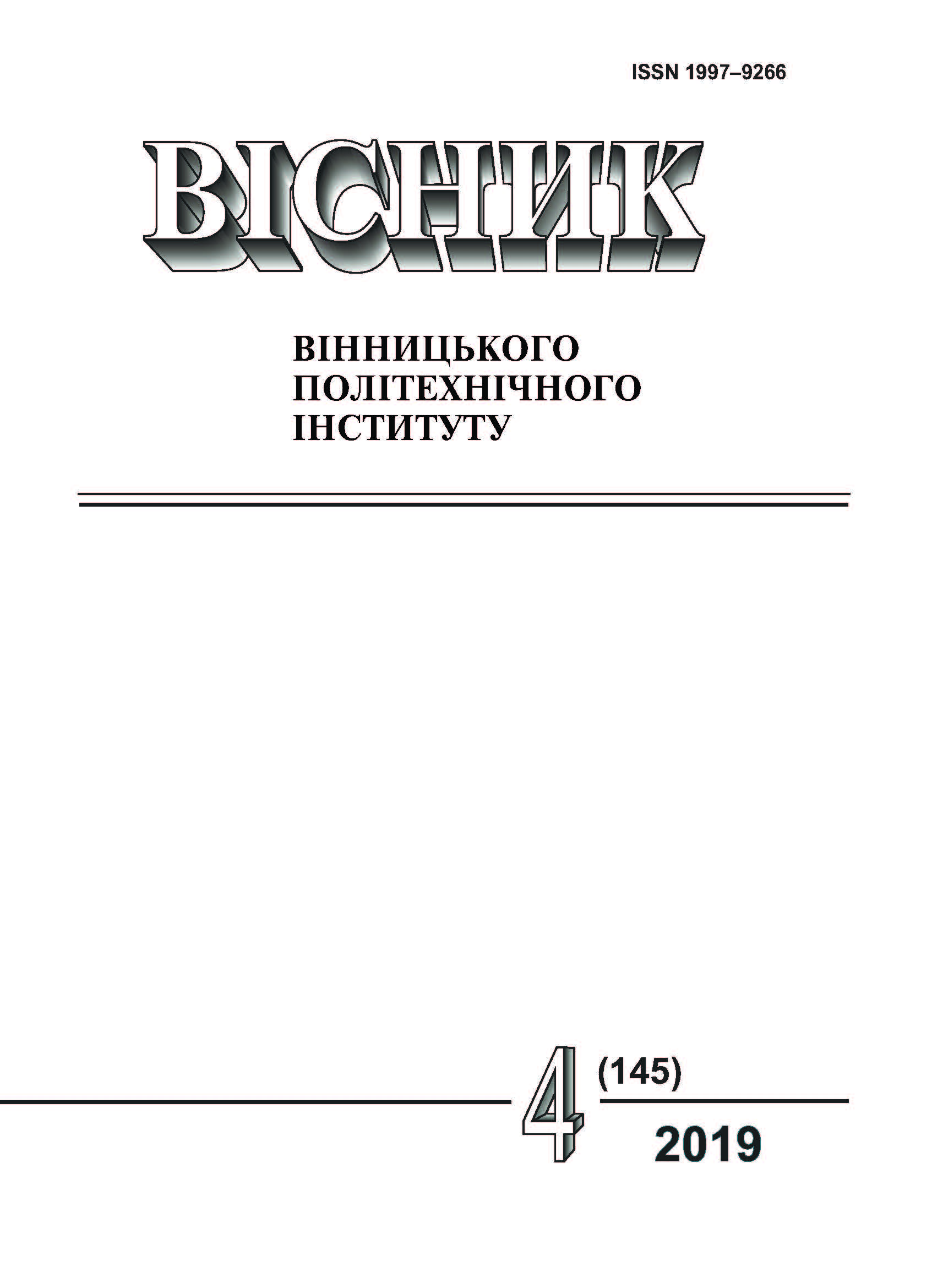Using Neural Networks for Mobile Station Location Estimation
DOI:
https://doi.org/10.31649/1997-9266-2019-145-4-66-70Keywords:
mobile station, positioning, neural network, multilayer perceptronAbstract
Positioning functions, which are automatic positioning of subscribers within cellular networks, are required for mobile communication systems of all generations. However, when new generation networks are implemented, high accuracy of determining mobile station geographical coordinates is required for development of services related to subscribers’ location. To solve the task of mobile station positioning its geographical coordinates are calculated in regard to the known coordinates of base stations. The paper proposes to use a neural network for improving the effectiveness of positioning a mobile station of a cellular communication system. Positioning methods providing usage of neural networks are based on measurements of levels for signals from base stations whose coordinates are known or all the nearest access points. After creating a software or hardware solution for the artificial neural network, one has to create a mathematical model for positioning and perform the network training procedure. The proposed localization method is based on RSSI values. The advantage of the RSSI method is that it requires no additional hardware or computing power. The disadvantage of the RSSI method is the lack of accuracy. Thus, the aim of this paper is to develop an optimized method for determining mobile station location. According to the proposed method, RSSI values from several (at least three) closest base stations to a mobile station enter the neural network, after corresponding processing; the coordinates (latitude and longitude) of the mobile station appear at two outputs. The proposed neural network is a multilayer perceptron. The article presents the proposed architecture of the perceptron. The number of neurons in all the layers has been substantiated. The operation of the multilayered perceptron has been described.
References
В. А. Власова, «Аспекты позиционирования в сенсорных сетях,» Технологический аудит и резервы производства, т. 4, № 1 (6), с. 3-4, 2012.
Б. Джарел, «Определение положения устройства стандарта ZigBee,» Беспроводные технологии, № 4, с. 46-48, 2007.
А. Н. Волков, М. А. Сиверс, и В. А.Сухов, «Позиционирование в сетях Wi-Fi,» Вестник связи, № 11, с. 28-33, 2010.
В. В. Дудник, «Алгоритмы определения положения в локальных беспроводных сетях,» Молодежный научно-технический вестник МГТУ им. Баумана, № 4, с. 20-26, 2012.
С. В. Смоленцев, «Определение координат мобильных абонентов в сетях сотовой связи стандарта GSM,» Гироскопия и навигация, № 4, с. 41-54, 2006.
В. Бабков, и А. Степутин, «Позиционирование абонентов в системах мобильной связи третьего поколения,» Мобильные телекоммуникации, № 3, с. 8-15, 2008.
П. В. Галкин, «Модель определения координат узлов беспроводной сенсорной сети,» Проблеми телекомунiкацiй, № 1 (16), с. 16-41, 2015.
Shashank Mishra1, and G. S. Tripathi, “Comparison of Various Neural Network Algorithms Used for Location Estimation in Wireless Communication,” International Journal of Advanced Research in Electrical, Electronics and Instrumentation Engineering, v. 2, no. 6, June, 2013.
Zhenkai Zhang, Feng Jiang, Boyuan Li, and Bing Zhang, “A novel time difference of arrival localization algorithm using a neural network ensemble model,” International Journal of Distributed Sensor Networks, v. 14 (11), 2018. DOI: 10.1177/1550147718815798 .
Zhao Ping, Li Ling-yan, and Shi Hao-shan, “A Hybrid Location Algorithm Based on BP Neural Networks for Mobile Position Estimation,” IJCSNS International Journal of Computer Science and Network Security, v. 6, no. 7A, July. 2006.
Downloads
-
PDF (Українська)
Downloads: 248
Published
How to Cite
Issue
Section
License
Authors who publish with this journal agree to the following terms:
- Authors retain copyright and grant the journal right of first publication.
- Authors are able to enter into separate, additional contractual arrangements for the non-exclusive distribution of the journal's published version of the work (e.g., post it to an institutional repository or publish it in a book), with an acknowledgment of its initial publication in this journal.
- Authors are permitted and encouraged to post their work online (e.g., in institutional repositories or on their website) prior to and during the submission process, as it can lead to productive exchanges, as well as earlier and greater citation of published work (See The Effect of Open Access).





